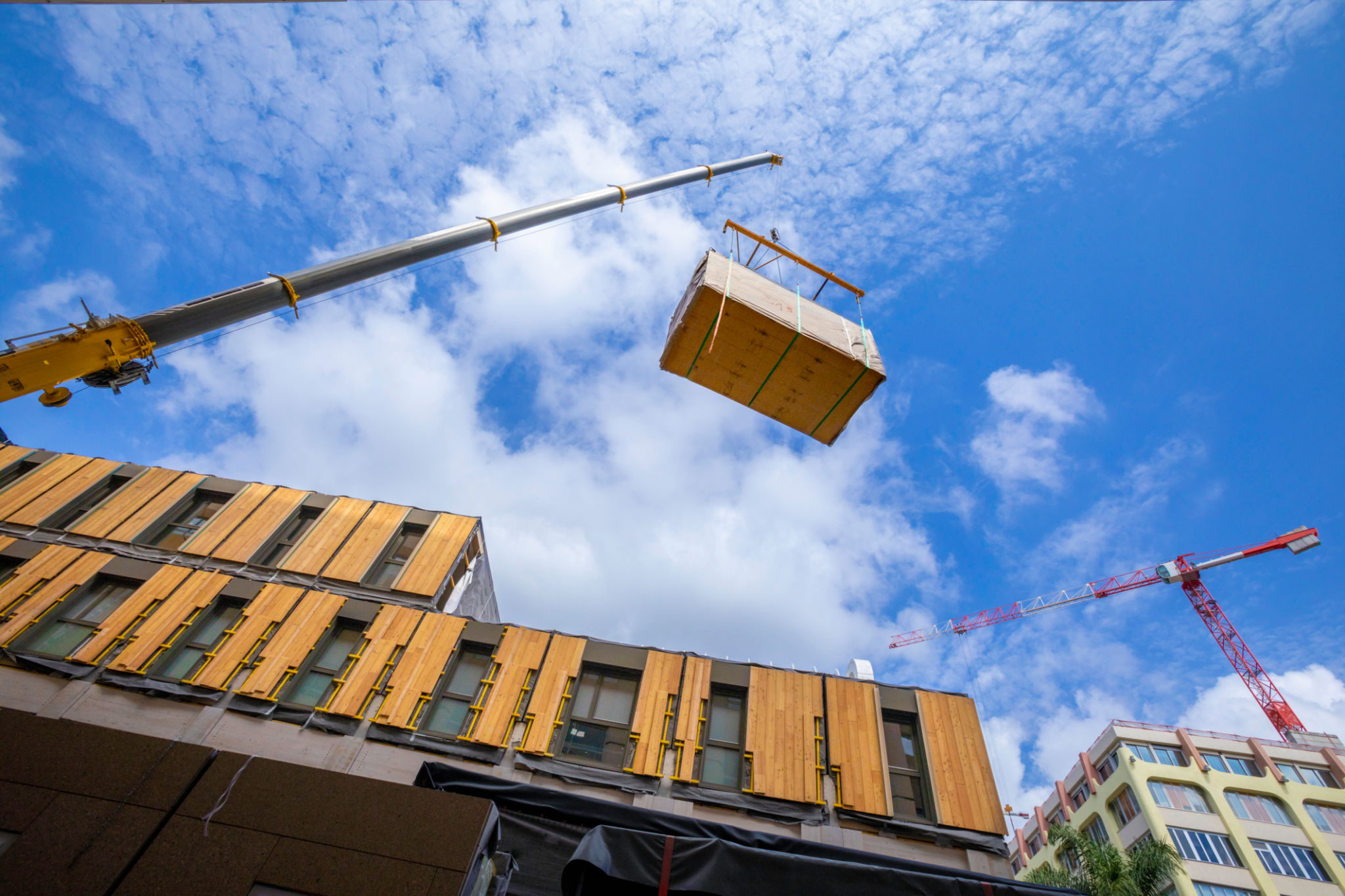Top Construction Trends Impacting Industrial Warehouses Today
Introduction to Industrial Warehouse Trends
The industrial sector is witnessing a revolution in the construction and design of warehouses. As businesses strive to meet evolving demands and improve operational efficiency, they are increasingly turning to innovative construction trends. These trends not only enhance functionality but also promote sustainability and cost-effectiveness.
Today, the focus is on creating smarter, more adaptable spaces that can accommodate technological advancements and changing market needs. Let's explore some of the top trends that are shaping industrial warehouses today.

Embracing Smart Technology
Automation and Robotics
One of the most significant trends in warehouse construction is the integration of smart technology. Automation and robotics are at the forefront, transforming how warehouses operate. Automated systems streamline processes, reduce labor costs, and improve accuracy in tasks such as sorting, picking, and packing.
Internet of Things (IoT)
The Internet of Things (IoT) plays a crucial role in modern warehouses by enabling real-time data collection and analysis. IoT devices can monitor inventory levels, track equipment performance, and enhance supply chain visibility, leading to better decision-making and resource management.

Focus on Sustainability
Green Building Materials
Sustainability is a key consideration in contemporary warehouse construction. The use of eco-friendly materials such as recycled steel, solar panels, and energy-efficient lighting systems is becoming increasingly common. These materials not only reduce the environmental impact but also lower operational costs in the long run.
Energy Efficiency
Energy efficiency is another critical aspect of sustainable warehouse design. Implementing energy-efficient HVAC systems and optimizing natural light through strategic window placement can significantly reduce energy consumption. This trend not only benefits the environment but also enhances employee comfort and productivity.

Flexible Warehouse Design
Adaptive Layouts
Flexibility in warehouse design is essential to accommodate changing business needs. Adaptive layouts allow for easy reconfiguration of space to handle different types of inventory or fluctuating demand. This flexibility ensures that warehouses remain functional and efficient over time.
Modular Construction
Modular construction techniques are gaining popularity for their speed and efficiency. Prefabricated modules can be quickly assembled on-site, reducing construction time and minimizing disruption to ongoing operations. This approach also allows for easy expansion or modification as business requirements evolve.

